MARKETING FESTIVAL 2017:
THE DIGITAL SIDE OF PRAGUE (PART 2)
Journal / Life at Mozaik / 19.12.17
As promised, the second part of the Marketing Festival 2017 tribute is here! Enjoy some of the most notable highlights as seen through our eyes!
Bob Hoffman: Marketers Are from Mars, Consumers Are from New Jersey
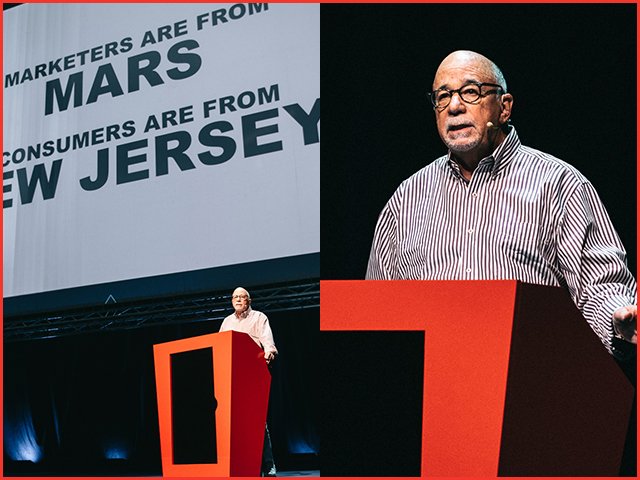
“Knowing something is completely different from thinking you know something”. – Bob Hoffman
Bob Hoffman is one of the most popular international speakers in the fields of Advertising and Marketing. At the Marketing Festival he enthralled us with his inspiring speech “Marketers are from Mars and Consumers are from New Jersey” which is also the title of the book he wrote two years ago.
Bob Hoffman begun his lecture by pointing out that marketers have lost touch with “advert consumers” because, the latter need clarity and simplicity, while marketers tend to complicate things for them when it comes to ads. His lecture was divided into three parts; three types of Delusions, as he said, that marketers are “suffering” from:
- The Digital Delusion: is the delusion where advertisers believe that online advertising is more effective than traditional advertising because it is Interactive. However, he claimed that only 52% of web traffic is human (the rest is hackers, online scammers, fraudulent ads). He also stated that the current model of digital advertising is unsustainable because it is too abusive regarding consumer rights and personal privacy, it is ad fraud related and responsible for money wasting.
- The Brand Delusion: is the delusion where advertisers believe that consumers get in touch with brands. Consumers don’t care about brands but they only care about being happy with their purchases. Therefore, what is important for marketers and businesses is to keep consumers satisfied.
- The Age Delusion: is the delusion where advertisers believe that targeting younger audiences is going to lead to successful transactions. However, people over 50 years old are the target group that spend more.
What is finally worth mentioning is as he claimed that the advertising industry is not willing to invest in real science and scientific methods (such us experimentation and peer reviews) to validate researches, methods and studies and as put in his own words “If they don’t have the facts and they can’t explain them to me in simple language; I am sorry, I am skeptical”.
Shailin Dhar & Praneet Sharma: Fighting Ad-Fraud Understanding Monetization of the Internet
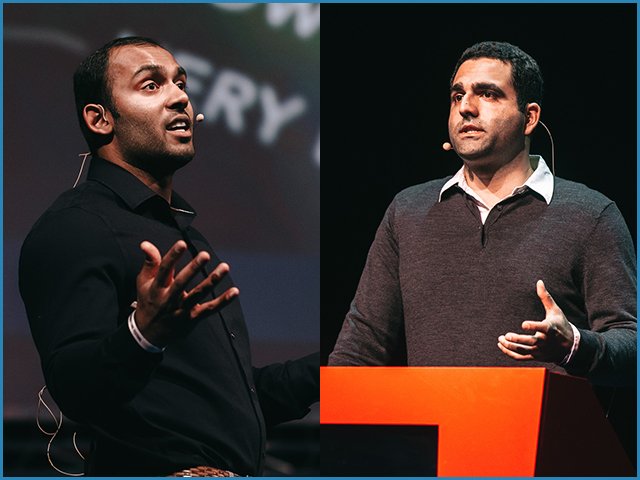
Shailin Dhar and Praneet Sharma from Method Media Intelligence consultancy gave a nice lecture about how to understand internet monetization in order to prevent Ad-Fraud. As they indicated, advertising is a big industry and ad fraud is constantly trying to dive deeper and deeper in that ecosystem. Its power originates from traffic coming from bots.
So, what does ad fraud tries to do? It tries to manipulate the auction system in advertisement by using what is called “soft floors” between the participating bidders where a participant will pay more for a position that he normally should. This way ad fraud systems create a false sense of competition and the participating auctioneers never get any price down. In total those fake actions had a loss of 8.2$ Billion and if this continues there will be a loss of 50$ Billion due to ad-fraud by 2025!
This overwhelming amount of spam is not only from bad bots which create automated traffic but also from DDOS attacks, bots that brute force user logins, others that exploit vulnerabilities and also bots that add “noise”/fake traffic to confuse data analysis. Actually, those spoiled bots may represent the 3% – 37% of the traffic we have and as Shailin mentioned verification companies like ANA and WhiteOps found that the higher the CPM we pay the higher the level of invasion from those bots. In conclusion, they highlighted that by creating an internet knowledge baseline across the advertising industry we could eliminate prevalent fraud issues.
Dr. Bradley Vines: Enhancing creative content with neuroscience
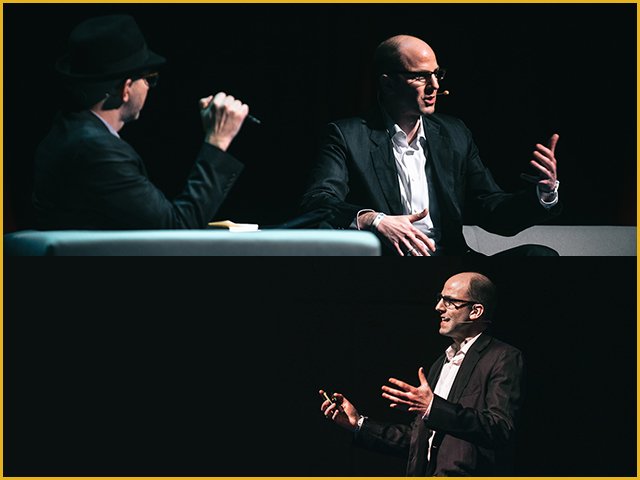
Dr. Bradley Vine, the Director of Neuroscience Europe at Nielsen, shared the results of Nielsen’s most cutting-edge research on consumer behavior.
During his speech, he described the advantages of the consumer neuroscience methods and offered tips on how to avoid pseudo-neuroscience solutions so as to acquire a deeper understanding of our consumers in order to make great and successful ads. He also shared his insights on how to make advertising more persuasive, through useful and interesting case studies. He provided us with a great analysis of a commercial, which went viral, for the Kickstart drink and in particular the Puppymonkeybaby, their awesome mascot, where they came up with an actual puppy-monkey-baby.
There is no need just to create emotional experiences, but create long-term memories associated with your brand, by activating consumer memory systems and motivate them. By measuring the brain, emotional responses and people facial expressions we can create great stories, memorable content and as a result, make ads even better. Both the Emotional and rational ads, can drive sales by creating emotional engagement.
With Neuroscience we can predict sales and create better relationships with our consumers.
Filip Podstavec: Get inside the head of a crawler
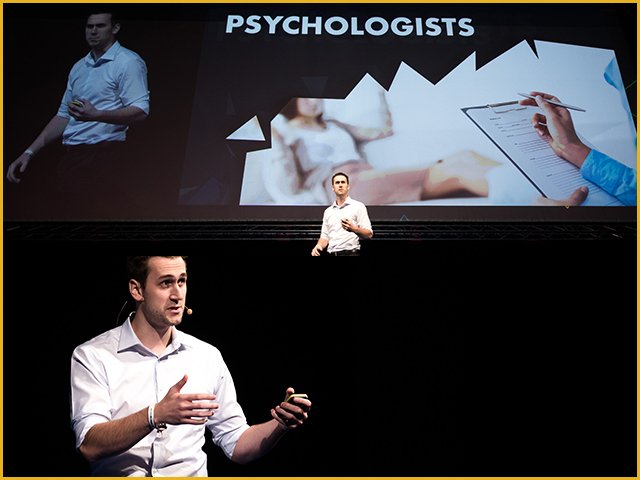
Filip Podstavec is a marketing professional specializing in advanced SEO. His presentation was about technical SEO and specifically about the crawl budget optimization which can benefit a website by:
- Allowing a higher crawl rate
- Getting more pages indexed
- Making the website faster
- Boosting overall organic performance.
As a first step for this process, Filip advises to monitor the server log by using special tools such as Excel, Google BigQuery, OpenRefine and Screaming Frog Log Analyzer. There are also various real-time tools for this purpose such as elastic, logstash and kibana.
The most important things that we should check in a log during diagnosis are:
- Which bots crawl our website and how much?
- What are the bot agents?
- Which pages do they visit with the highest frequency?
- Which status codes are returned during bot crawling?
During his speech he also gave us a fascinating figure insight: “61.8% of website traffic is bot traffic!”. He later advised us on the actions we need to implement in order to optimize our website’s crawl budget:
- Block bot access to some of our URLs
- Implement pagination best practices
- Implement SEO best practices for filter combination pages (especially useful for e-commerce websites)
- Generally, prohibit crawling of thin content
- Keep sitemap clean.
Oli Gardner: Data-Driven Design
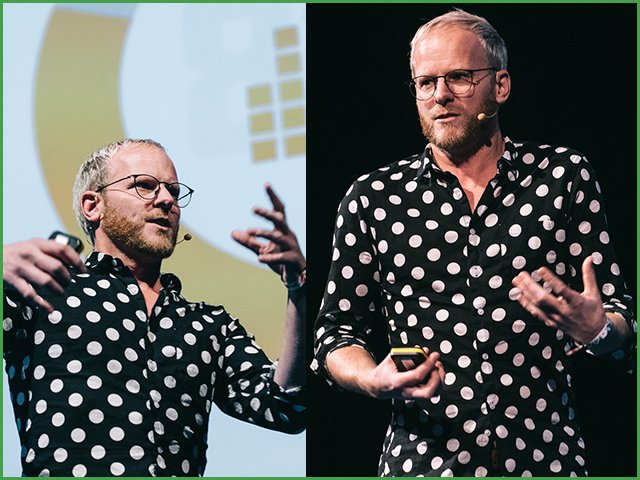
A prolific international speaker, Oli Gardner, the co-founder of Unbounce, has seen more landing pages than anyone on the planet and he’s obsessed with identifying and reversing bad marketing practices! During his speech, he highlighted how to use data and make informed changes to the digital marketing experiences. He also presented his optimization framework, the Data-Driven Design (3D), which can help marketers, designers, & copywriters narrow four hundred sources of overwhelming data into the ones we actually need.
He talked about the Conversational Forms, one of the most interesting new interaction models to emerge, conversational forms turn a regular web form into a chat-like experience.
There are 4 easy steps in the process of a Data Driven design:
1) The 3D Project Playbook: A data-driven design project starts with the 3D Playbook – the interactive optimization lookup tool for taking the overwhelming amount of data that exists, and narrowing it down to the types, sources, and formats that are most relevant to what we are working on.
2) Observations & Micro Metrics: Every Observed Pain Point Needs a Corresponding Solution! If we can measure It, we can optimize and improve It. Assigning micro metrics ensures that we can measure the impact of every design decision we make. Micro-Metrics Measure how our Design decisions impact on-Page Behavior. Each team mission is to create design solutions that change On-Page Behavior Improving These 3 Micro Metrics.
3) Crazy 4’s Team Design Sketches: Take our observations, hypotheses, and the understanding of the user experience, and sketch before/after ways to solve each problem, as a team. Remember, we’re all designers.
4) Test and Measure Micro Metrics: Once all design solutions have been incorporated into our new page, an A/B test should be performed with reporting focusing on the impacts the micro metric designs have on on-page behavior.
November is quiet a cold month to be travelling to Prague especially if you are coming from Eastern Europe, but then again all those marketing insights were totally worth it! So did the after party of the Marketing Festival, the local drinks, the traditional food delicacies and the walks around the city of Prague that kept us warm throughout our stay!
